This article is more than 1 year old
Spirit of the Ghost: Taking a Rolls-Royce Wraith around France
There and back again in seriously British hi-tech luxury
Riding along in my automobile ...
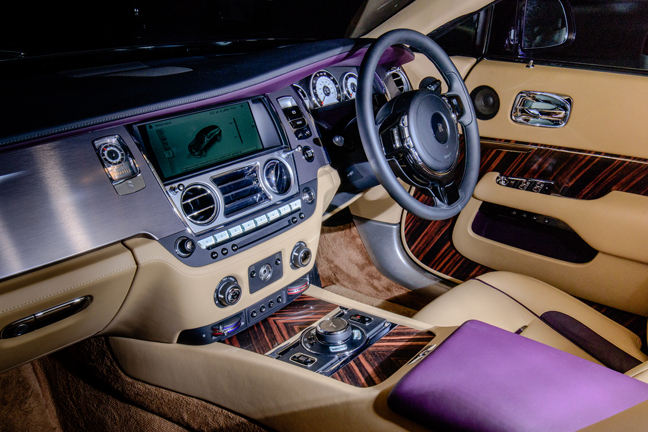
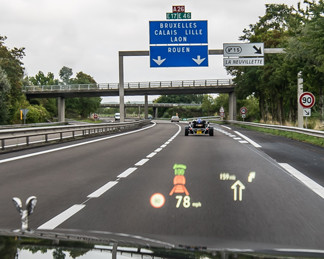
Heads up on the road to Rouen
The front is, as one might expect, equally sumptuous. But it’s disjointed. As one would assume the rev counter – which isn’t a rev counter but a meter which shows “available power” and the speedometer, calibrated up to 150 mph, are analogue. But they are not particularly elegant or easy to read. Not that this matters because there is an excellent heads up display which shows speed and sat-nav instructions, the local speed limit and what the radar cruise control is set to.
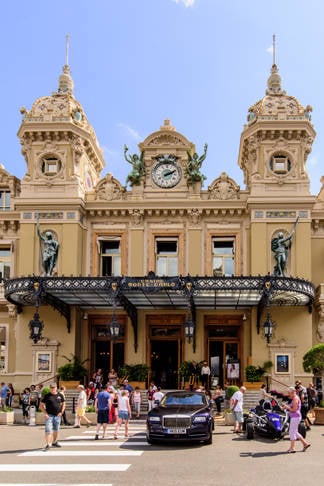
The controls are all a bit scattered. Normally you’d argue that drivers soon learn where to look for the parking brake – high to the left of the wheel and not the conventional Rolls-Royce additional pedal – or how to put the car into Park – press the button on the end of the column gear change. The typical driver of a Wraith, however, will have a fleet of cars and the poor discoverability of the controls will matter if this is a garage queen for occasional use.
We were amused that the valet parking at The Casino in Monaco was very much more familiar with all the controls than we were. The Casino operates a policy of offering valet parking based on the prestige of the car you rock up in. You might have a £100,000 Porsche 911 but you won’t get a space for something that common. A Delorean worth a fraction of the price would get parked. With the Wraith we didn’t for one moment doubt that we’d get parked, and accordingly got a space front and centre.
For a car-maker whose unofficial slogan is “the loudest sound you can hear in a Rolls-Royce is the ticking of the clock”, we were disappointed that the clock wasn’t particularly attractive – and was unreadable at night.
This is as sporty as Rolls-Royces get, so it’s initially surprising that there are no flappy paddles, but once you drive the thing you understand.
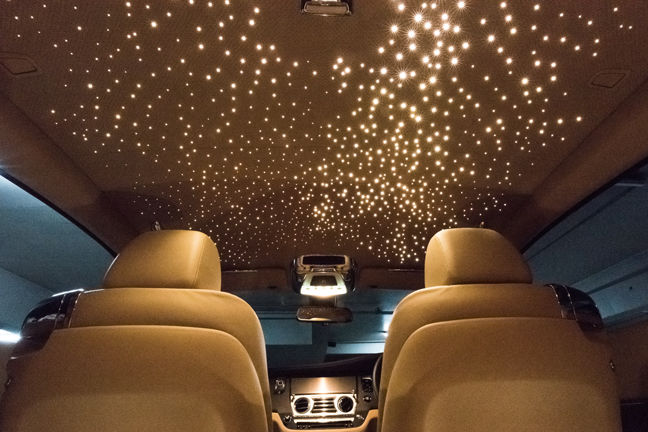
The wall of torque and effortless power mean that, in the main, the car glides through gear changes imperceptibly. This meant that we couldn’t test the feature where the car uses the GPS to predict what gear it will need for the next stretch of road.
The materials and finish are impeccable, the seats both supportive and comfortable and everything is completely adjustable. The seats go from a “looking down on the little people” height to “quite low but not quite sports car”.
As you may expect, there is a little joystick for height and reach on the steering wheel and memory buttons for the seats. It is, of course, keyless go.
The roof lighting transcends bling to be very, very cool. The starlight roof has little LEDs that dim and look like night stars. Next to the switch for the stars is one for an SOS button. It presumably summons International Rescue.
While all the engineering and materials side of the car shows the opulence and fantastic attention to detail, the problem all low-volume can manufacturers have is that the electronics have to come from something less. In the case of the Rolls-Royce it’s from BMW, which owns the company. While iDrive has improved hugely over the years, it’s still a lot of a faff.
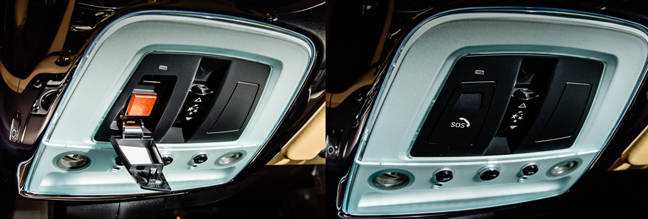
The system is well behind where Jaguar and Volvo are in terms of user interface design. There is a clever option to enter text into the sat-nav by drawing letters on the touch-sensitive top of the selector knob, but it’s a gimmick and doesn’t work very well. You are far better off rotating the knob and choosing the letters.
Rolls-Royce design director Giles Taylor recently told Autocar he thinks touch screens are pants and is going to stick with iDrive until voice and gesture-controlled functions work well enough. The mechanics feel great, but the overall experience really isn’t premium in the way, say, a Vertu phone takes Android and makes it special.
